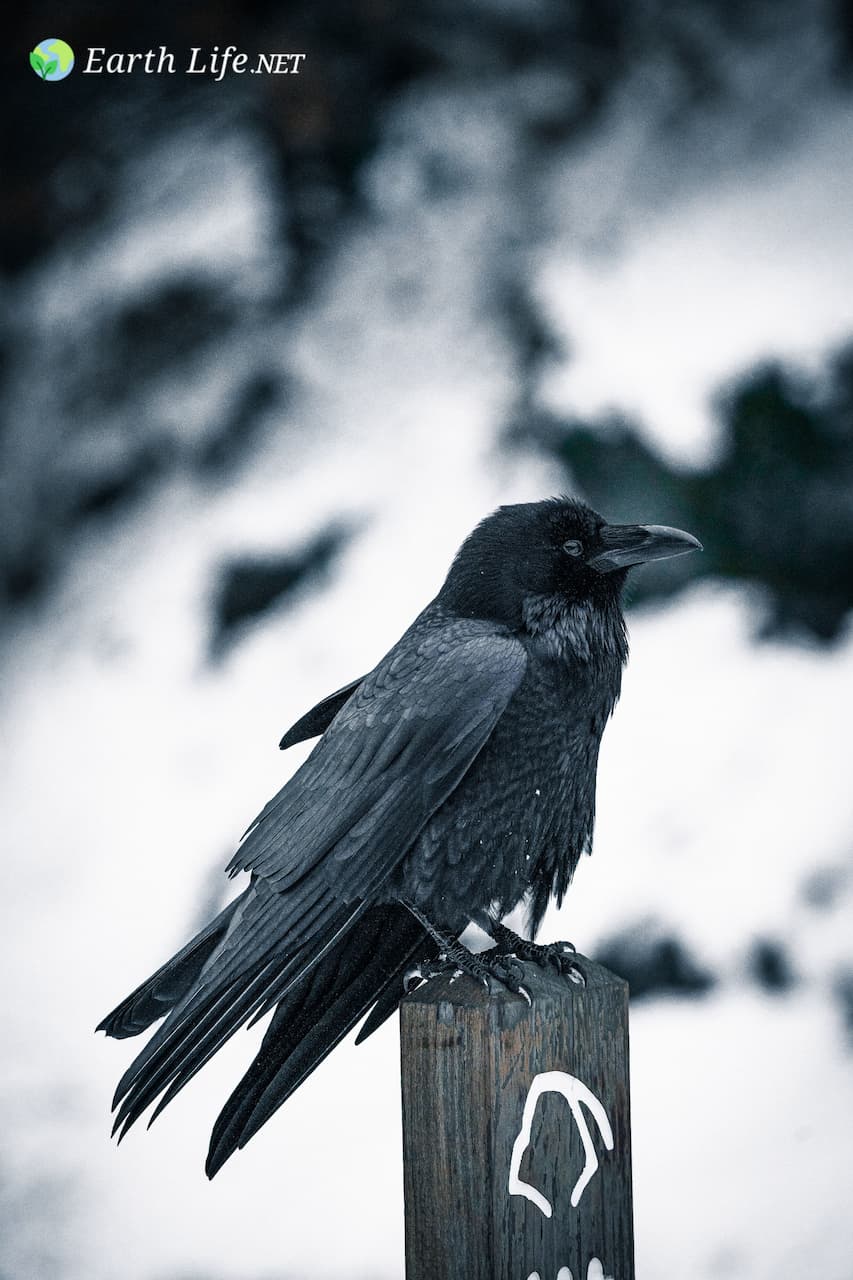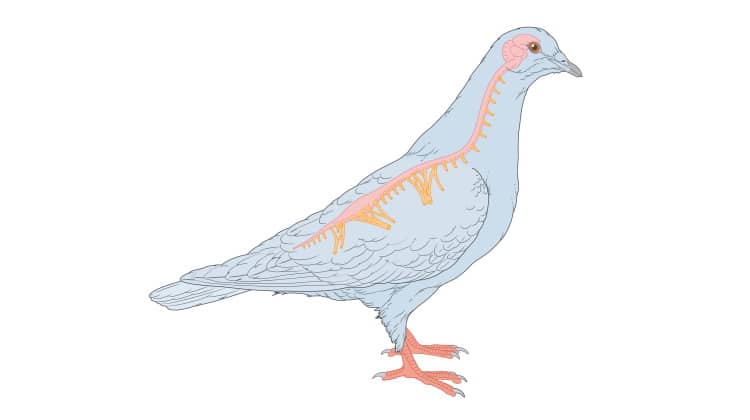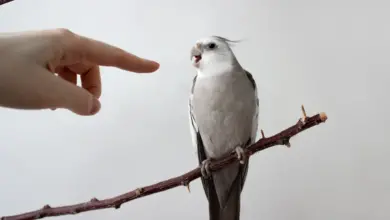Guaiabero Parrots
Guaiabero Parrots (Bolbopsittacus)
The bird genus Bolbopsittacus – includes a group of parrots that are more commonly known as Guaiabero Parrots.
They occur naturally on the island of Luzon in the Philippines.
Guaiabero Parrots Species Profile

Genus:Bolbopsittacus | Species:lunulatus
Size: 15cm (5.8 in)
Weight: 65-70g
Subspecies, including nominated:
four: B.l. lunulatus, B.l. intermedius, B.l. callainipictus, B.l. mindanensis
Guaiabero Parrots Species Range
Guaiabero Bolbopsittacus lunatus is one of the least-known parrots in the world. It’s restricted to the Philippine Islands of Luzon Leyte Samar Mindanao Panaon.
The Philippine Hanging Parrots Loriculus Philipppensis can be found in the front gardens and palm trees in the surrounding suburbs.
The Bluenaped parrot Tanygnathus luminensis was also common. It always appeared along the coast where there were hills with wooded areas. I once saw eight Blue-napes eating the small fruit of a tree at the edge “Jest Camp”. Although the locals were familiar with the hanging Parrot and this bird, they had no idea what the Guaiabero was.
The Guaiaberos were at ease with their surroundings. They were able to blend in well.
Guaiabero Parrots Adult Appearance
The males are mainly green in color and 15 cm long. They have blue cheeks, orbital area, chin and lores. A thin pale blue band is visible on the upper back. The chest, belly, and undertail coverts of the males are yellow-green. The lower upperparts, uppertail covers, and lower upperparts are also yellow-green. The bill is a bluishgrey color, becoming blackish at the tip.
The females are distinguished from the males by the small amount of blue around the lower bills and a hindcollar made up of small black feathers, with a yellowish-colored seam.
Four subspecies of the genus Aster have been identified
B.l. Lunulatus Male: In general, yellow/green plumage; pale-blue face and throat. Pale blue collar around hindneck. Green/yellow tail coverts and rump. Bill grey/silver with a black tip. Eye dark brown. Female: blue throat, lower cheeks, yellow collar around hindneck with feathers lightly scalloped in black, yellow/green rump with feathers lightly black-scaled.
B.l. Male: Dark blue face with purple tint; bright blue collar. Female-blue restricted to throat, cheeks pale green and paler green around the eyes. Faint orange/yellow collar.
B.l. Callainipictus : Male, as in the intermedius but with more yellow plumage, particularly on the underparts. Face and nuchal collar are darker and more green/blue, and cheeks are less blue. Female-as
B.l. Mindanensis (male): Green cheeks with blue parting around the eyes, and a brighter collar. Yellow tint on green head. Female-as lunulatus, but with a yellow tint to the head.
Guaiabero Parrots Colour Juvenile
B.l. lunulatus : Bill is pale grey, with yellow on the lower mandible.
B.l. B.l.
B.l. Callainipictus : Same as adult female.
B.l. B.l.
Guaiabero Parrots Call
The calls made by birds in flight are abrupt and high-pitched. While feeding, the bird emits softer noises.
Guaiabero Parrots In Captivity
Janeczek’s (1994) experience at the aviculturist Antonio de Dios’s establishment is the only source of information on keeping and breeding these birds. Janeczek stated that the birds are extremely delicate. The birds were very sensitive to being in an aviary and highly stressed.
Guaiaberos have only been in captivity very rarely, and they appear to have only been imported once into Europe. Robiller (1997) stated that Dr Burkard from Switzerland had received some birds in 1965 but they didn’t breed. Two birds arrived at the San Diego Zoo in a group, but did not survive very long.
Multiple deaths occurred despite intensive care and regular vet visits. Animals were highly sensitive to protozoan infection and only improved after they were placed in wire cages, and hygienic standards had been optimized. Five years passed before the first breeding occurred. In 1993, three chicks hatched after 22 days, but died 14 and 16 respectively. The third, which was removed from the nest to be hand-reared, only lived 61 days. The second clutch of four eggs hatched from 24 to 29 May 1993.
After a month of being pulled, the chicks became independent after 90-110 day. De Dios has stopped working with the birds today, even though they did not manage to create a stable population.
Nature provides very little information. It is common, prefers open areas and scrubby clearings, and lives in these. It is found up to 1,000m in general (Kennedy and al. 2000). Rabor found it on Samar below 600 m, mainly in fruiting trees that were at the edge or near primary forests, as well as in secondary vegetation. Gilliard reported finding it on the Bataan Peninsula in Luzon. It was mostly found on isolated mango trees. Also, it can be found in areas of mangroves (Collar 1997). Normaly, it is seen in pairs or singly. However, sometimes flocks up to 20 birds can be observed (Kennedy and al. 2000). On Mt Makiling, 50 were observed climbing secretly up vines and lower branches of a forest tree to reach the berries.
Forshaw said that the species is easily seen while in flight, but brilliantly camouflaged once settled. Kennedy et al. (2000) describe its vocalisations and flight as loud, two-syllabled zeetor zeet-zeetcalls. During feeding, the calls are much softer. Grandalas are the oddest of all four. The male is dark brown, with white streaking on its wings and tail. The female is purplish blue with black wings. The’swallow-like’ wing shape, with a very long wing tip and short secondary wings, is what makes this bird so distinctive. It also has a gregarious nature, as it wheeled in large groups in search of insects and hops starling-like on short grass slopes to find terrestrial ones.
Seebohm and Ripley (1881 and 1952) thought that it was the closest bluebird to Sialia in the Nearctic, but Oates and Oberholser (1890) and Vaurie (1855) disagreed. Oberholser placed it in its family, Grandalidae. However, the general consensus is that this is a chat with a modified appearance (our picture of a female tends to confirm this). Taxonomists are unsure of where to place the turdine genera Myophonus or Monticola. Both have blue plumage. For the time being, I believe it is best to group Grandala with these taxa. ).
Guaiabero Parrots Diet
Collar (1997) states that figs and their seeds, wild vine berries, and guavas are all food sources. The parrot’s native Spanish and English name is Guaiabero which means “guava-harvester”.
Guaiabero Parrots Breeding and Mating
We do not know anything about the breeding biology of this bird. Collar (1997), and Juniper & Parr (1998), mention that breeding conditions are reached in March based on a female collected. Not only is information scarce, but so are photographs. Janeczek’s (1994) photograph only shows a young bird. Fisher & Hicks (2000) depicts a female. In the Lexikon parrots (Arndt 1990-1996), a single photo of a woman is accompanied by images of museum skins.
I was hoping to find a few captive Guaiaberos to see if the callainipictus subspecies, where the males have a paler colouring, and the females a more yellowish tone on the back collar (duPont, 1971), really differs from the population of Leyte. As before, no one knew what the birds were. Locals kept many Philippine Hanging parrots as well as Talaud Blue Naped Parrots Tanygnathus luminensis talautensis and Azure-rumped Pararots T.sumatranus everetti, but no Guaiaberos. The only time I saw Guaiaberos was in Paranas. They were flying across the road. I couldn’t take a photo, so I flew back to Manila the next day. My visit to the Philippines came to an abrupt close. My encounters with Guaiaberos are still a good memory for me.




